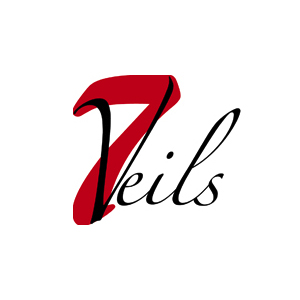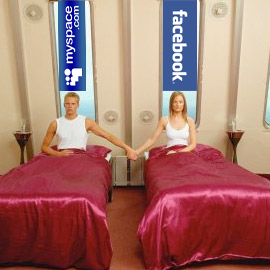The Hazards of Half-Assed

Are you half-assing your social media?
There are two sides to social media. You have the people who jump in and get super excited and create accounts on every social network they can find. Then they realize that they completely over committed and get overwhelmed. The other side is the people who half-ass their social media. They know they should be involved, but they don’t really want to be. So they set up their accounts, make a couple of posts and then hop on every few weeks to post something new.
The problem with both sides of is that there is no strategy, no consistency.
The Hazards of Half-Assed:
- Customers try to talk to you but no one is there to listen.
- You receive negative feedback and are not aware of it.
- You look unprofessional because you did not put any effort into your profile.
- There is misinformation on the wall or profile.
- Your page is being used as a posting board for spam.
- No strategy, and you probably don’t think you need one.
The Hazards of Assed:
- Over committed and overwhelmed
- Too many accounts to actually engage
- No consistency in posting
- No strategy, your efforts are all at once instead of thoughtful and targeted
- You have too many accounts to monitor the real activity
- You are not connecting with people that matter, because you are trying to connect with everyone.
It can be worse to do your social media halfway then to not do it at all. As the movie The Social Network proposes, the Internet is written in ink. Anything that is said, whether you say it or someone says it about you, once it is out there it is out there permanently. Now think about that in terms of your neglected social media account. What if someone is questioning your business practices, or saying bad things about you? You want the opportunity to respond.
Ultimately you need to embrace social media and you need to do it with sincerity and honesty.
So don’t be an ass. Meet your audience. Join the conversation – don’t let it happen without you. And make sure that you do it with intention and consistency. Don’t just jump in, create a plan.
Let us know if you need help with your plan.




 Facebook owning the rights to our photos is something most of us never think about when we use it. But if your photos are part of your business or professional image, then this might be a big concern for you.
Facebook owning the rights to our photos is something most of us never think about when we use it. But if your photos are part of your business or professional image, then this might be a big concern for you.


 25 ways to know if you have a
25 ways to know if you have a 